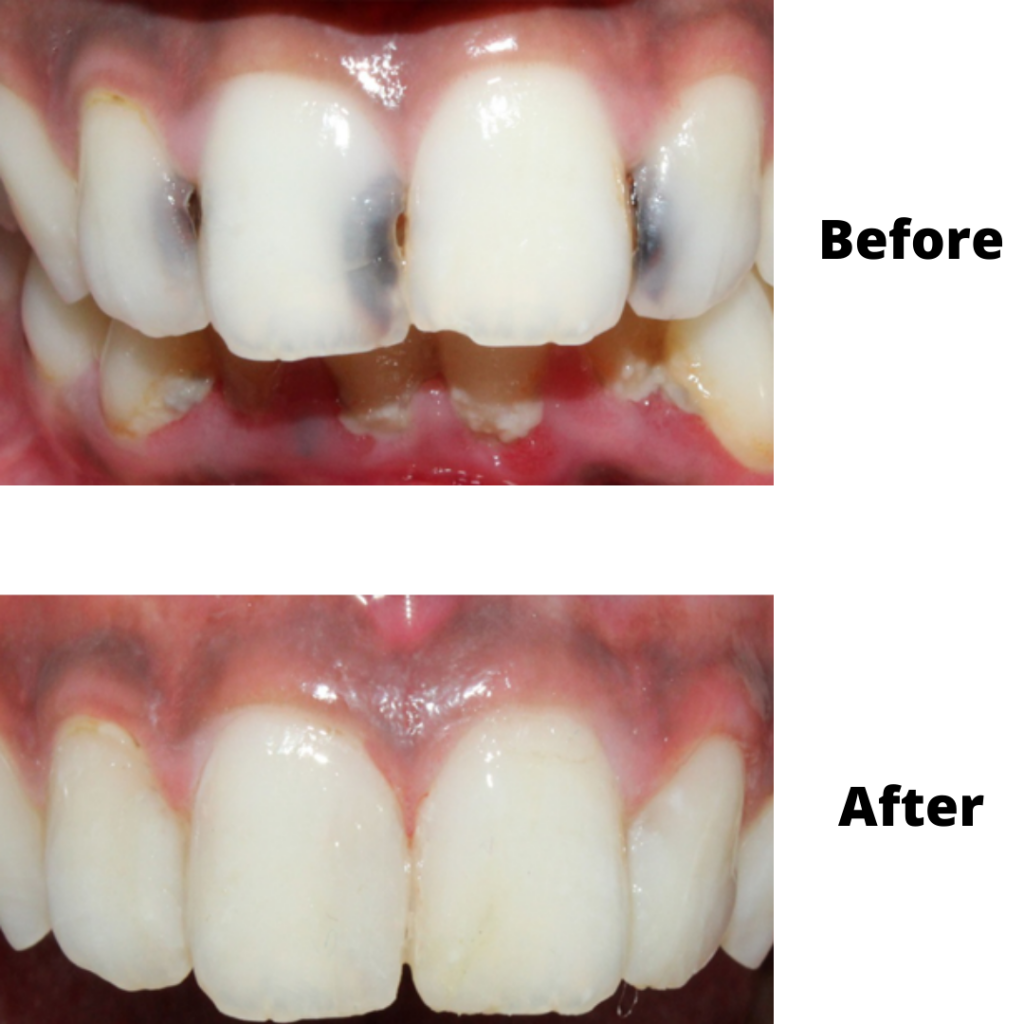How Do Front Teeth Fillings Work? Easy Repair Guide

The anguish of realizing you need a filling in one of your front teeth can be distressing, especially given the aesthetic importance of these teeth. However, with advancements in dental technology and materials, fillings for front teeth have become more natural-looking and durable than ever. Understanding how front teeth fillings work and the process of getting one can alleviate much of the anxiety associated with this dental procedure.
The Need for Fillings
Fillings are necessary when a tooth suffers from decay, also known as a cavity. This decay is usually caused by bacteria in the mouth that feed on sugars and starches, producing acids that can damage tooth enamel. If left untreated, the decay can progress through the enamel and into the dentin, a softer layer of tissue beneath the enamel, potentially reaching the pulp and causing pain and infection.
Types of Fillings for Front Teeth
The choice of filling material for front teeth is often influenced by aesthetic considerations, as these teeth are highly visible. The most common types of fillings used for front teeth include:
Composite Resin Fillings: Also known as tooth-colored fillings, these are made from a mixture of plastic and glass particles. They are the most popular choice for front teeth because they can be made to match the color of the tooth, making them virtually invisible. Composite resin fillings are durable and can last for many years with proper care.
Porcelain Fillings: These are also known as inlays or onlays and are made in a dental laboratory. Porcelain fillings are highly durable and can be colored to match the tooth. They are more expensive than composite resin fillings but offer excellent aesthetic results.
Gold Fillings: While less common for front teeth due to their obvious color, gold fillings are durable and can last for decades. They are more expensive than other materials and may require more than one visit to place.
The Filling Process
The process of getting a filling for a front tooth is straightforward and typically painless thanks to local anesthesia. Here’s a general overview:
Preparation: The dentist numbs the area around the tooth with a local anesthetic to prevent any discomfort during the procedure.
Removing Decay: The dentist uses a drill to remove the decayed portion of the tooth. The goal is to remove all the decay while preserving as much of the healthy tooth structure as possible.
Cleaning: After removing the decay, the dentist cleans the area to remove any remaining bacteria or debris.
Filling: For composite resin fillings, the dentist applies the material in layers, using a special light to harden each layer before adding the next. For porcelain fillings, the dentist may place a temporary filling and take impressions of the tooth to send to a laboratory for the fabrication of the porcelain filling.
Shaping and Polishing: Once the filling material is in place, the dentist shapes it to match the contours of the tooth and polishes it to prevent staining and early wear.
After the Procedure
After the filling procedure, it’s common to experience some sensitivity, especially with hot or cold foods and drinks. This sensitivity usually resolves on its own within a few days. To maintain the filling and prevent future cavities:
- Practice Good Oral Hygiene: Brush your teeth at least twice a day with fluoride toothpaste and clean between your teeth once a day.
- Regular Dental Visits: Schedule regular check-ups with your dentist to monitor the filling and overall oral health.
- Avoid Certain Foods: Try to avoid biting or chewing on hard foods or objects, as this can damage the filling.
Conclusion
Front teeth fillings are a common and relatively simple dental procedure aimed at restoring the integrity and appearance of teeth affected by decay. With the variety of materials available, individuals can choose the option that best suits their aesthetic and durability needs. By understanding the process and taking good care of your teeth, you can maintain a healthy, beautiful smile for years to come.
FAQ Section
How long do front teeth fillings last?
+The lifespan of a filling can vary depending on the material used and oral hygiene practices. Composite resin fillings can last for about 5-7 years, while porcelain fillings can last for 10-15 years or more.
Are front teeth fillings painful?
+Thanks to local anesthesia, the actual filling process is typically painless. You might experience some sensitivity after the procedure, but this is usually temporary and can be managed with over-the-counter pain relievers.
How much do front teeth fillings cost?
+The cost of a filling can vary widely depending on the material used, the size of the filling, and the dentist's fees. On average, a composite resin filling can cost anywhere from $100 to $500 per tooth, while a porcelain filling can range from $500 to $1,500 or more per tooth.
In conclusion, while the prospect of getting a filling in one of your front teeth might seem daunting at first, it’s a procedure that can be completed efficiently and effectively, restoring both the function and the appearance of your tooth. By choosing the right material and maintaining good oral hygiene, you can enjoy a healthy, attractive smile for years to come.

